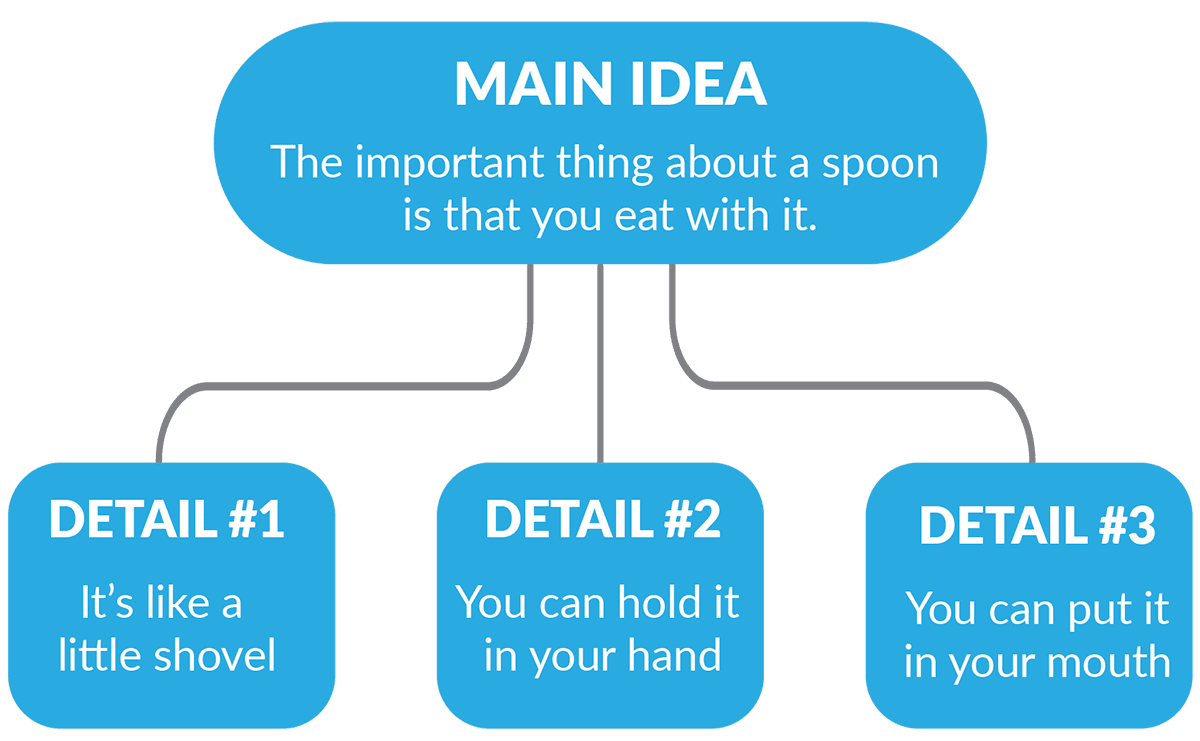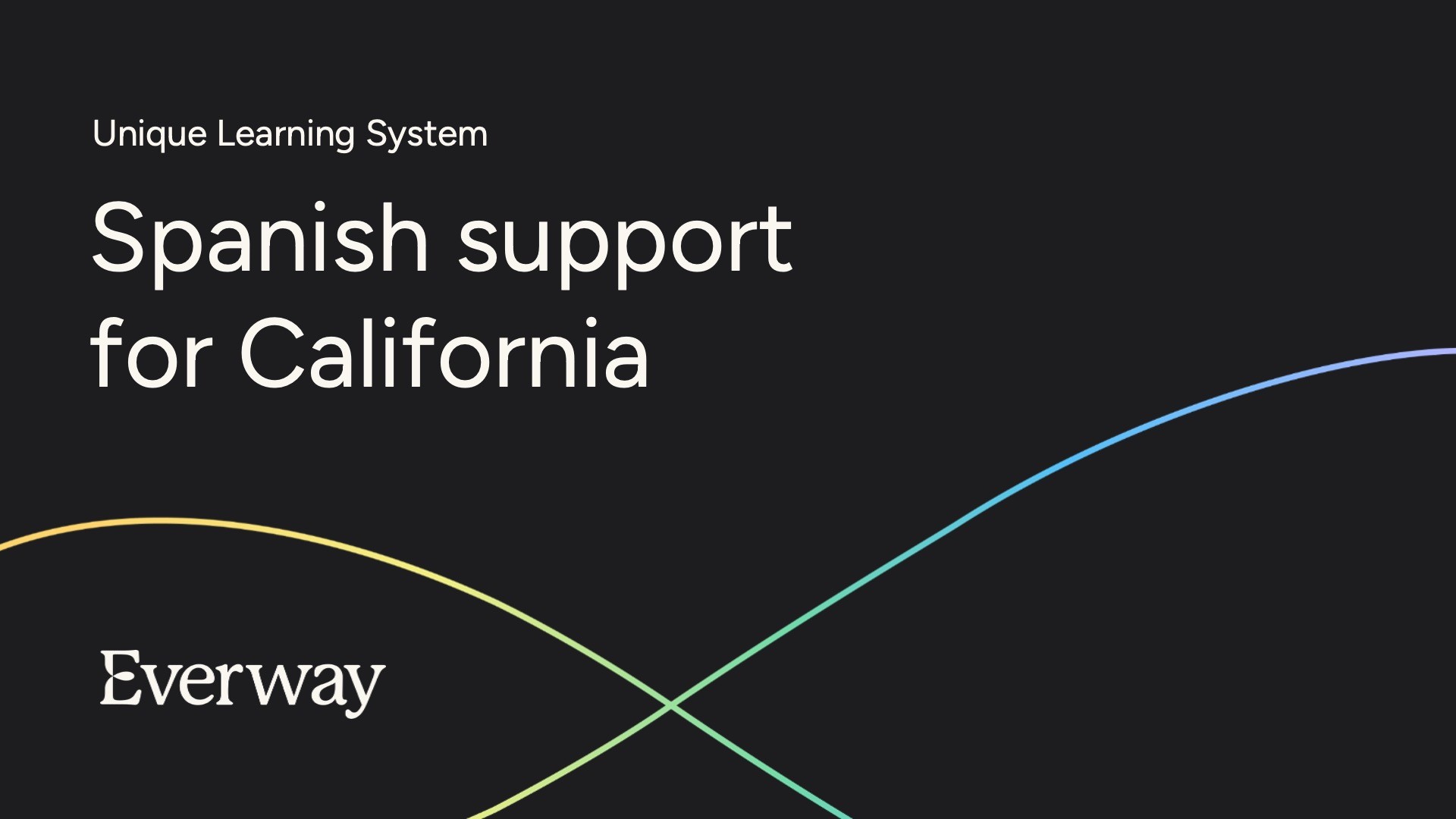Unfortunately, many students struggle with determining the main idea. For some, not being able to understand what they read prevents them from thinking about it on a deeper level. For others, it’s not seeing the big picture and how all the pieces fit together. Using audio and a picture book can solve both of these problems.
So, instead of just talking about main idea and giving examples, I told my students that I would show them how to figure things out using a visual approach to learning through a picture book: The Important Book by Margaret Wise Brown. Using a picture book gives students something very concrete to refer to when thinking about how to apply the concept of main idea to grade-level text.
At first, some of my middle school students looked at me funny and said that using a picture book is for babies. However, after I explained that using a picture book makes the concept of main idea easier to understand and that we would build from there with text that is on their grade level, they were willing to give it a try.
Using a Scaffolded Approach
In The Important Book the author goes through a series of everyday items, such as a spoon and grass, and names the important thing to know about each, as well as several details. After reading the book, we discussed the idea that the “important things” are the main ideas and that the other detail sentences are, well, the details. Then I explained that each paragraph in a text has a main idea, just like each item in the book had a main idea. We also talked about how the supporting details are pieces of evidence that could be cited to prove what the main idea is (i.e., using a scaffolded approach). As we discussed this, I pointed to the poster I had made that showed an example from the book written out in a graphic organizer.
In some classes, students will pick up on this concept very quickly, whereas in others, students will struggle to understand it. In the classes with more struggling learners, we took extra time to practice what we learned to do from reading the picture book. Students worked with partners to examine more everyday items and write down some main ideas and their supporting details. I gave each pair a paperclip or a glue stick or some other thing we had on hand in the classroom. Both partners wrote down a main idea and details about their item, then all the students shared them out loud.
For remote learning opportunities, you could do this with any ordinary household items, like a potholder or a TV remote control. Just be sure to discuss what the main idea is for each item and what the supporting details are, too. The repetition of the concepts helps struggling learners retain them.
Strategy and Routine Idea: I Do, We Do, You Do
Now we were ready to apply this to grade-level text. I used the “I do, we do, you do” approach with a graphic organizer, which I explain below.
1. I Do
I (the teacher) modeled locating the main idea and supporting details from the first paragraph of a text using a graphic organizer for the whole class. How did I do this? First, we read the paragraph together out loud. Then I asked, “What is the important thing to know from this paragraph?” Using the term “important thing” in this question prompts students to draw on their knowledge from the picture book. On the whiteboard, I had a hierarchical graphic organizer that said “Main idea.” We discussed the answer, and I wrote the main idea under that heading.
Then I asked questions like, “What else do we know about this important thing?” and, “Could this sentence tell us something about the important thing?” The students’ answers were the supporting details that I wrote on the graphic organizer. Now everyone had a model on the board. After I had put all of the information on paper, then I hung it in the room for future reference. For remote learning, you could do this on a regular piece of paper and keep it at your workstation.
2. We Do
Here, students worked with partners to analyze the second paragraph. I told the students to examine it by following the same process I had just showed them, and I gave them a blank copy of the same graphic organizer from the board. Their time limit was approximately the same amount of time it took us to complete the model. Then we shared our answers to make sure everyone was on the right track.
3. You Do
This was for independent practice on a third paragraph. Students read and analyzed it on their own using another copy of the graphic organizer. This is what they turned in to me for a grade.

Conclusions
Using these strategies gives students the opportunity to review and develop a firm understanding of main idea and supporting details, which improves their reading comprehension skills. Throughout this process, I made sure that my struggling students were reminded of what we learned from the picture book through careful questioning and comparison of their work to the work we completed together. I also made sure that they understood the text by going over it with them. This scaffolded approach ensures the concept is taught in smaller chunks.
Having the picture book as a frame of reference made discussing a concept that ordinarily might seem ambiguous much more concrete because the students have a pattern to follow—and patterns help all learners accomplish more during literature studies. Also, students who struggle are more likely to remember the book and the experience of working with the everyday objects than any typical lecture. Since it was a shared experience, I can remind students about it when they need to use the skill later in the year. Thanks to the picture book, students now have another tool in their reading toolbelt.



